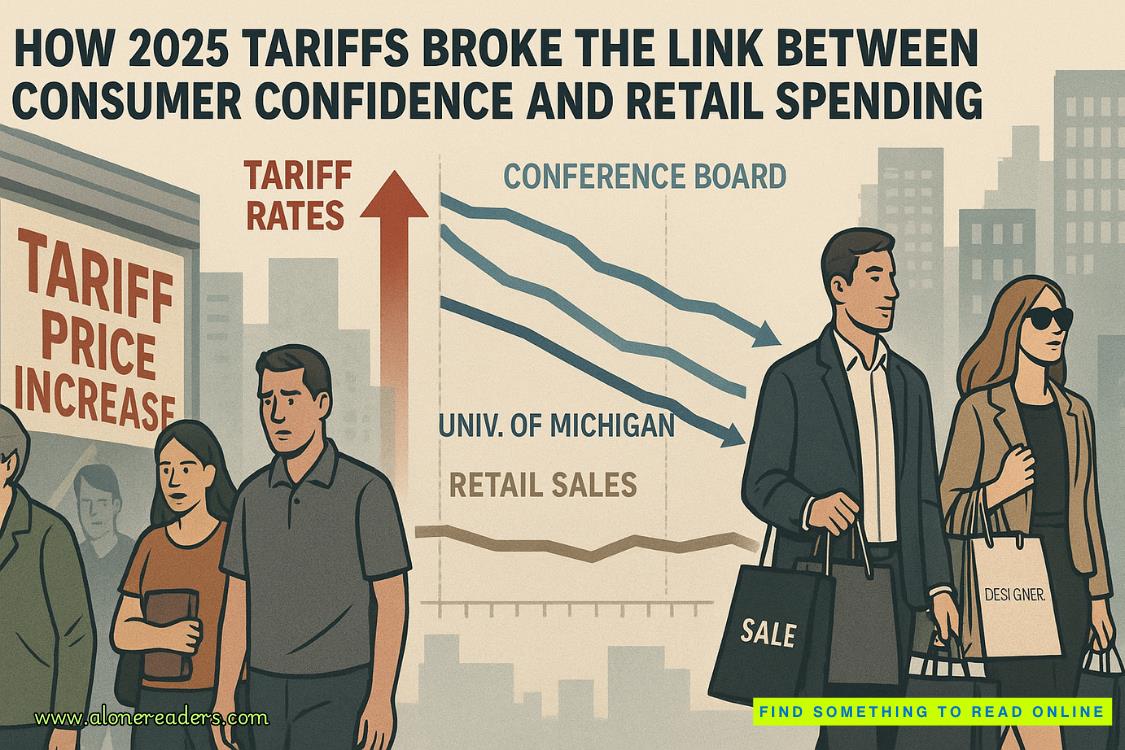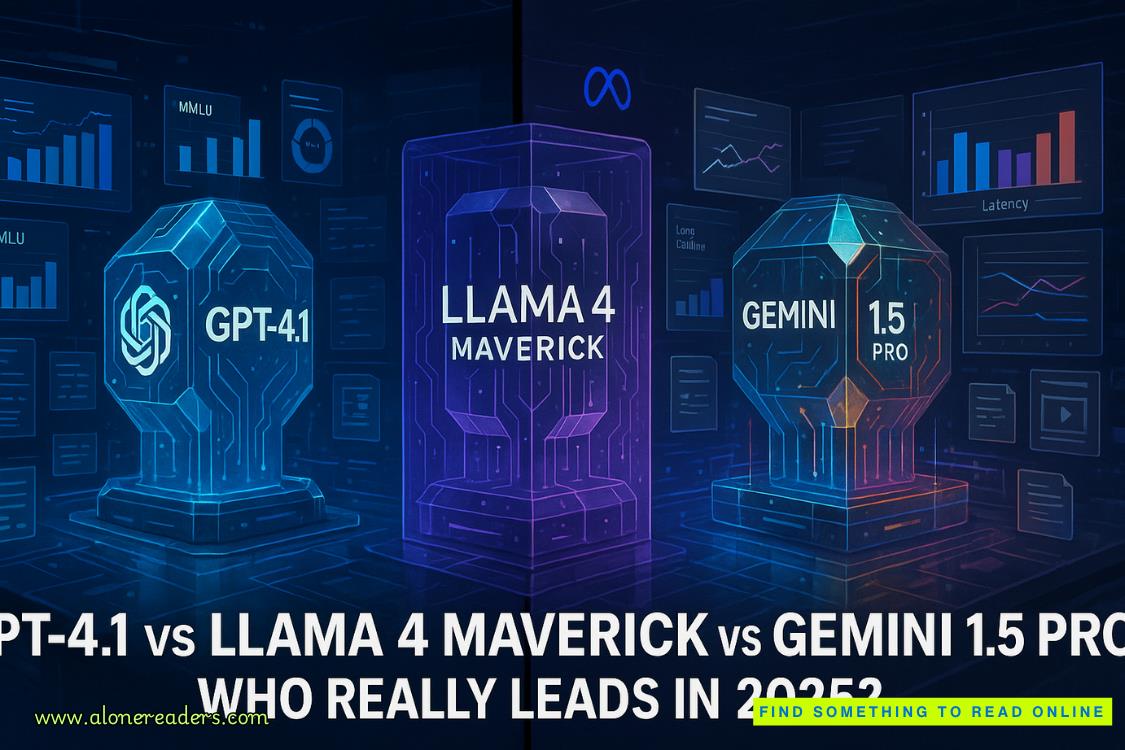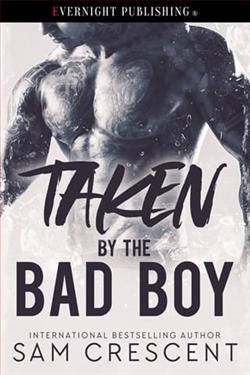Page 3 of D is for Deadbeat (Kinsey Millhone 4)
"He's fifteen years old."
I stood there and watched Alvin Limardo move off down the hall. I should have called him back, folks. I should have known right then that it wasn't going to turn out well. Instead I closed the office door and returned to my desk. On impulse, I opened the French doors and went out on the balcony. I scanned the street below, but there was no sign of him. I shook my head, dissatisfied.
I locked the cashier's check in my file cabinet. When the bank opened on Monday, I'd put it in my safe deposit box until I located Tony Gahan and then turn it over to him. Fifteen?
At noon, I closed up the office and went down the back stairs to the parking lot, where I retrieved my VW, a decaying sedan with more rust than paint. This is not the sort of vehicle you'd choose for a car chase, but then most of what a P.I. does for a living isn't that exciting anyway. I'm sometimes reduced to serving process papers, which gets hairy now and then, but much of the time I do preemployment background checks, skip-tracing, or case-and-trial preparation for a couple of attorneys here in town. My office is provided by California Fidelity Insurance, a former employer of mine. The company headquarters is right next door and I still do sporadic investigations for them in exchange for a modest two rooms (one inner, one outer) with a separate entrance and a balcony overlooking State Street.
I went by the post office and dropped the mail in the box and then I stopped by the bank and deposited Alvin Limardo's four hundred dollars in my checking account.
Four business days later, on a Thursday, I got a letter from the bank, informing me that the check had bounced. According to their records, Alvin Limardo had closed out his account. In proof of this, I was presented with the check itself stamped across the face with the sort of officious looking purple ink that makes it clear the bank is displeased.
So was I.
My account had been debited the four hundred dollars and I was charged an additional three bucks, apparently to remind me, in the future, not to deal with deadbeats. I picked up the phone and called Alvin Limardo's number in Los Angeles. A disconnect. I'd been canny enough to ignore the search for Tony Gahan until the check cleared, so it wasn't as if I'd done any work to date. But how was I going to get the check replaced? And what was I going to do with the twenty-five grand in the meantime? By then, the cashier's check was tucked away in my safe deposit box, but it was useless to me and I didn't want to proceed with delivery until I knew I'd be paid. In theory, I could have dropped Alvin Limardo a note, but it might have come bouncing back at me with all the jauntiness of his rubber check, and then where would I be? Crap. I was going to have to drive down to L.A. One thing I've learned about collections-the faster you move, the better your chances are.
I looked up his street address in my Thomas Guide to Los Angeles Streets. Even on the map, it didn't look like a nice neighborhood. I checked my watch. It was then 10:15. It was going to take me ninety minutes to reach L.A., probably another hour to locate Limardo, chew him out, get the check replaced, and grab a bite of lunch. Then I'd have to drive ninety minutes back, which would put me in the office again at 3:30 or 4:00. Well, that wasn't too bad. It was tedious, but necessary, so I decided I might as well quit bellyaching and get on with it.
By 10:30, I'd gassed up my car and I was on the road.
Chapter 2
I left the Ventura Freeway at Sherman Oaks, taking the San Diego Freeway south as far as Venice Boulevard. I exited, turning right at the bottom of the off-ramp. According to my calculations, the address I wanted was somewhere close. I doubled back toward Sawtelle, the street that hugs the freeway on a parallel route.
Once I saw the building, I realized that I'd spotted the rear of it from the freeway as I passed. It was painted the color of Pepto-Bismol and sported a sagging banner of Day-Glo orange that said NOW RENTING. The building was separated from the roadway by a concrete rain wash and protected from speeding vehicles by a ten-foot cinderblock wall sprayed with messages for passing motorists. Spiky weeds had sprung up along the base of the wall and trash had accumulated like hanging ornaments in the few hearty bushes that managed to survive the gas fumes. I had noted the building because it seemed so typical of L.A.: bald, cheaply constructed, badly defaced. There was something meanspirited about its backside, and the entrance turned out to be worse.
The street was largely made up of California "bungalows," small two-bedroom houses of wood and stucco with ragged yards and no trees. Most of them had been painted in pastel hues, odd shades of turquoise and mauve, suggestive of discount paints that hadn't quite covered the color underneath. I found a parking space across the street and locked my car, then crossed to the apartment complex.











